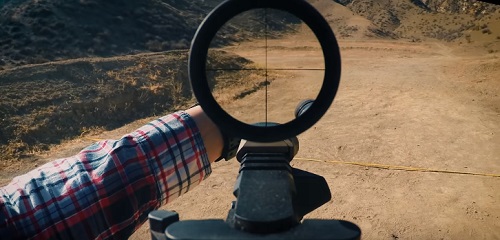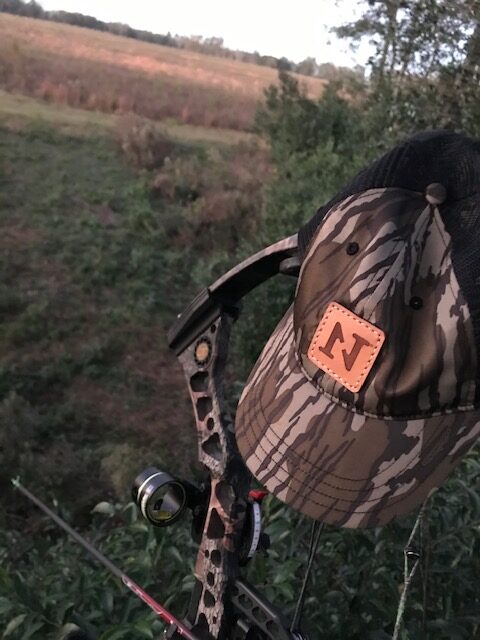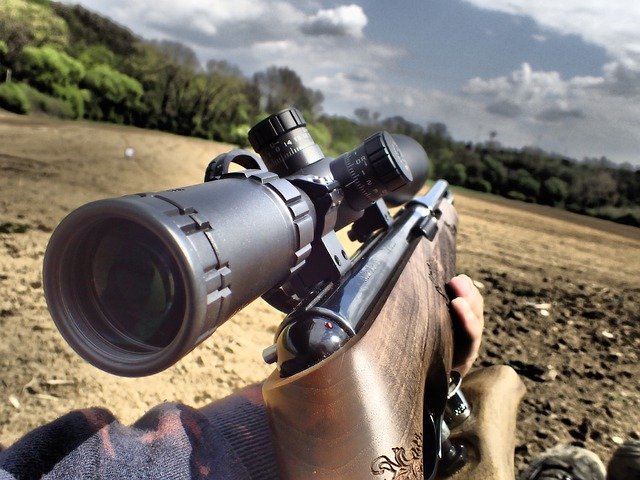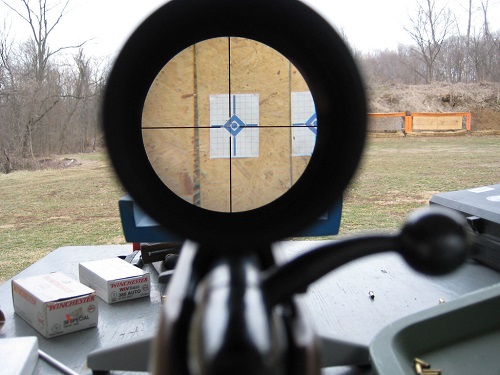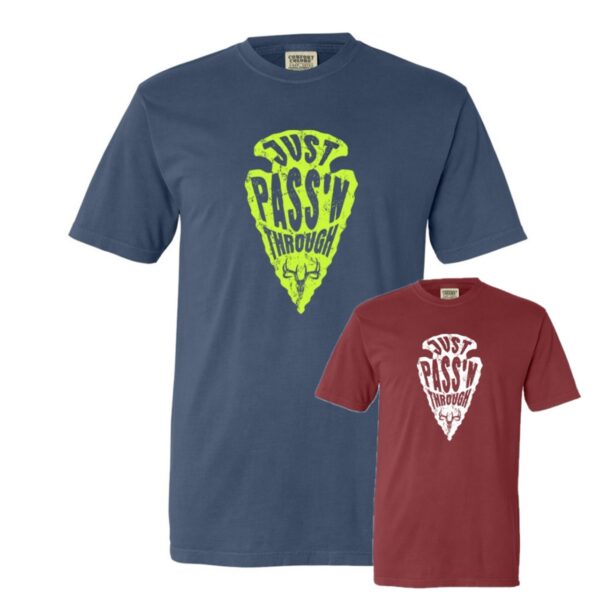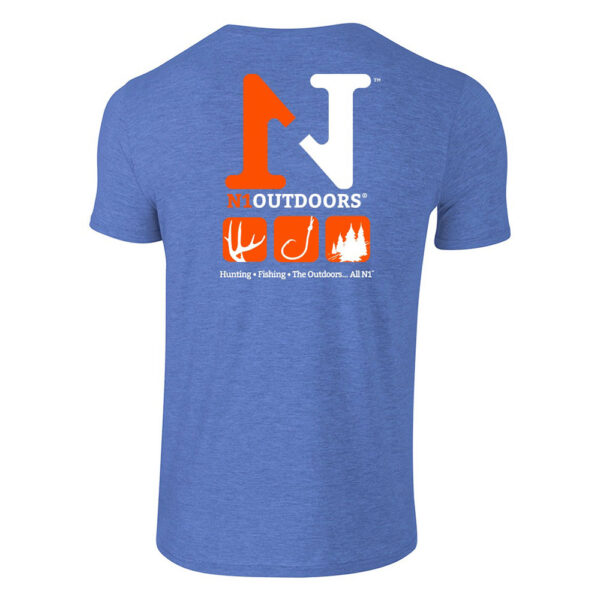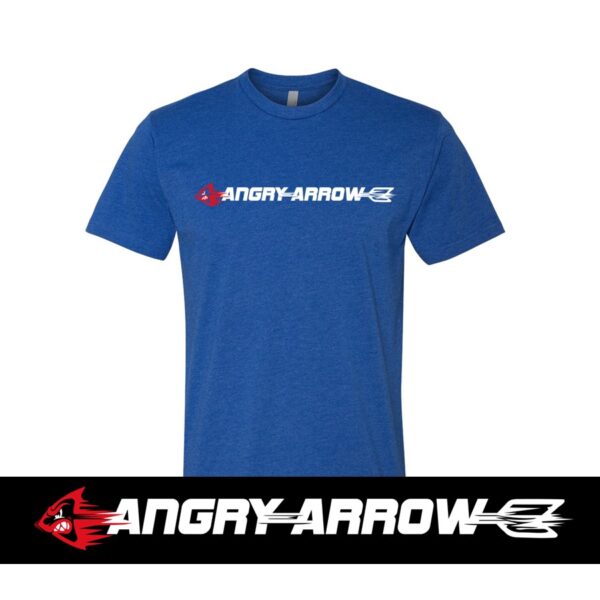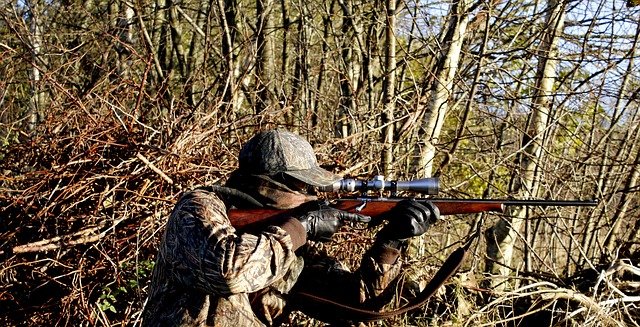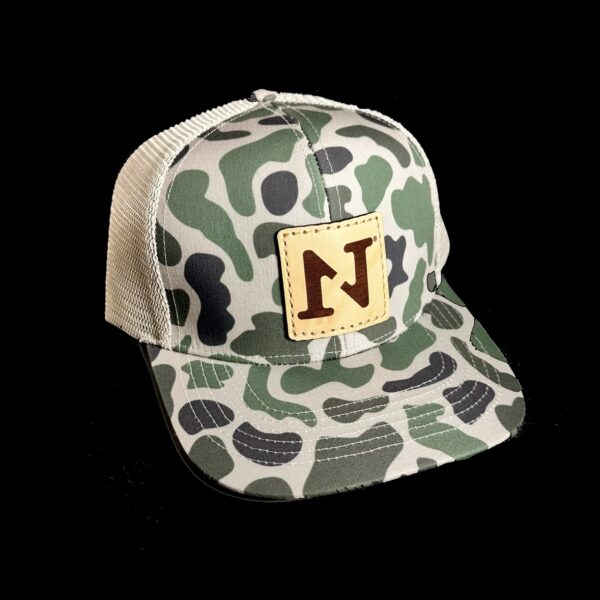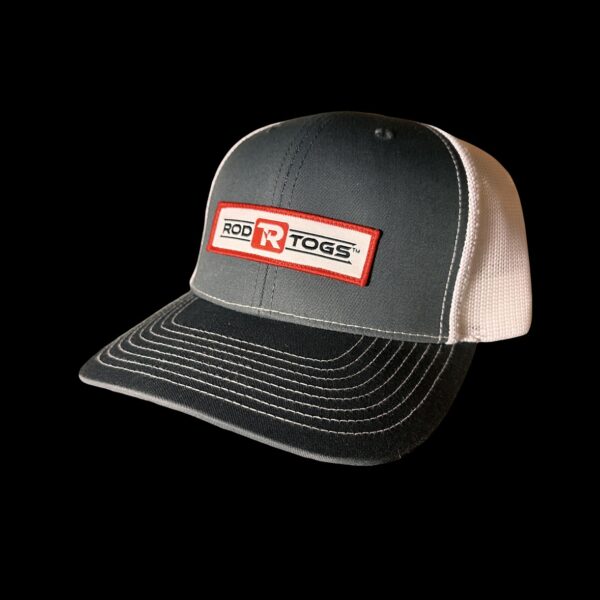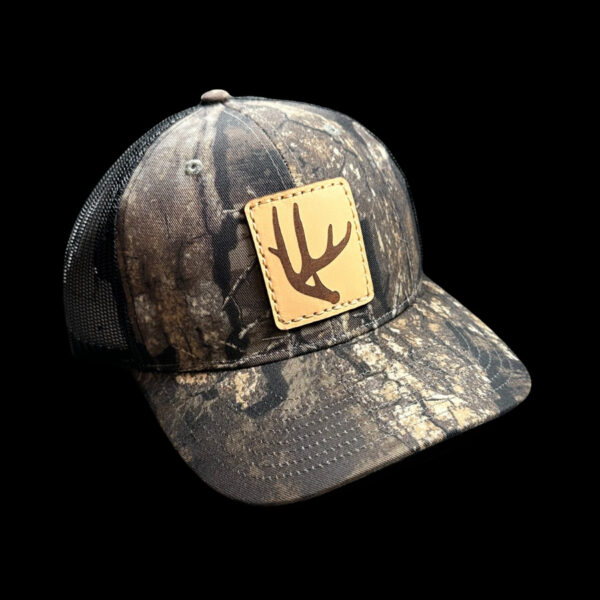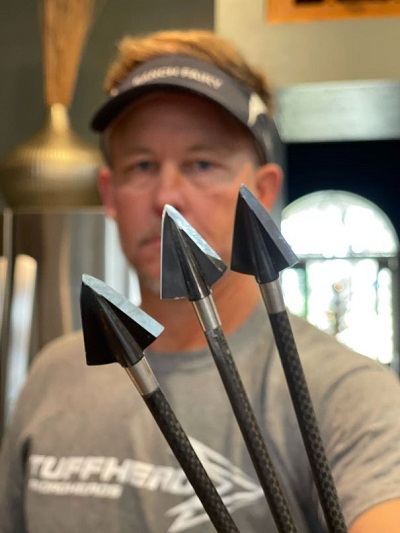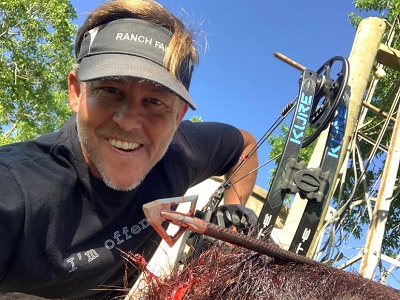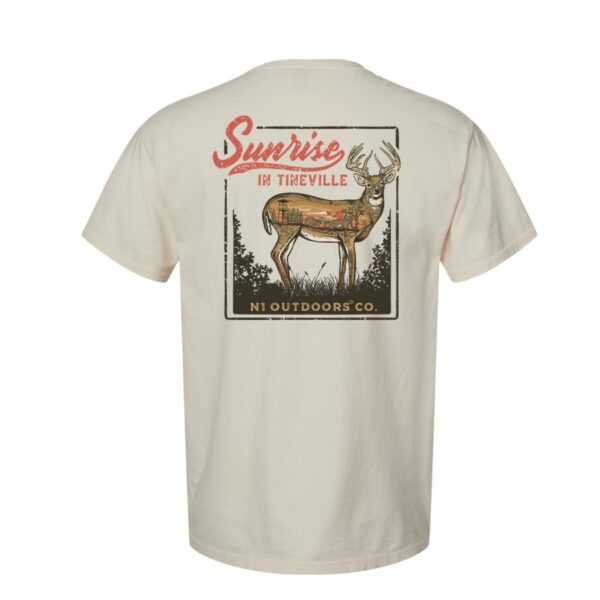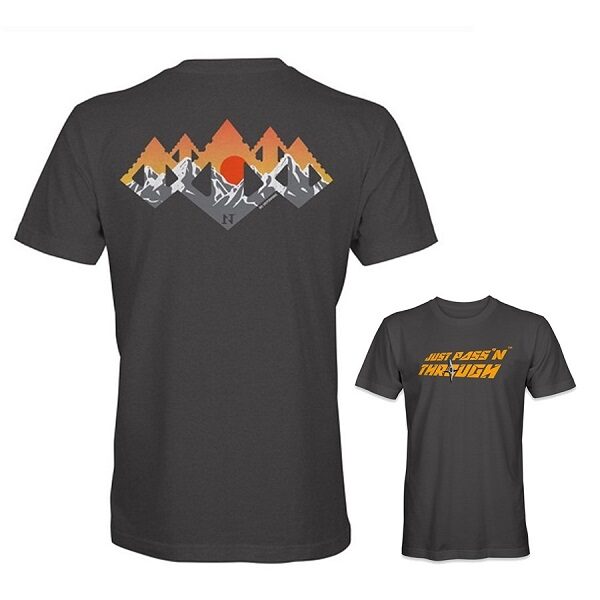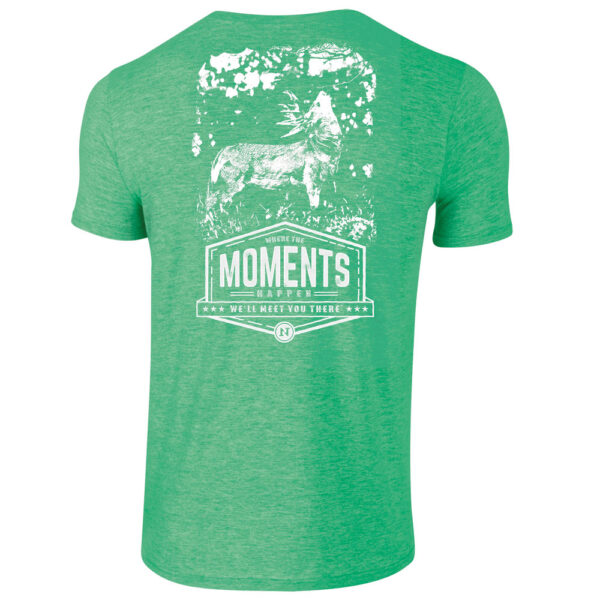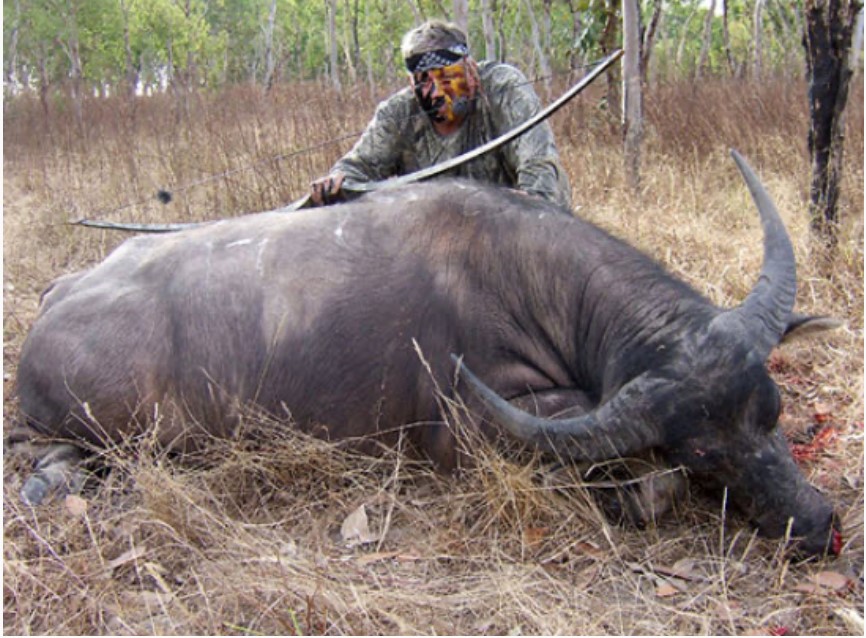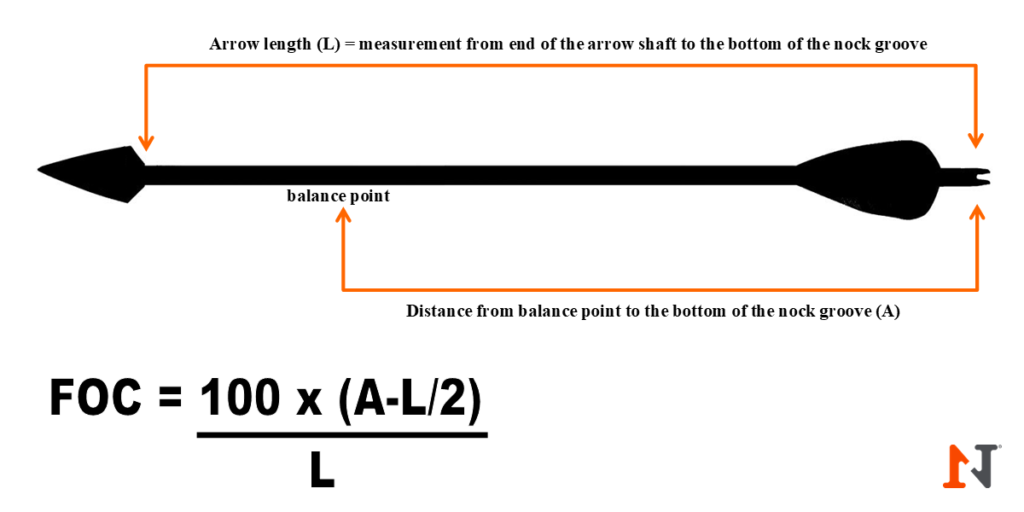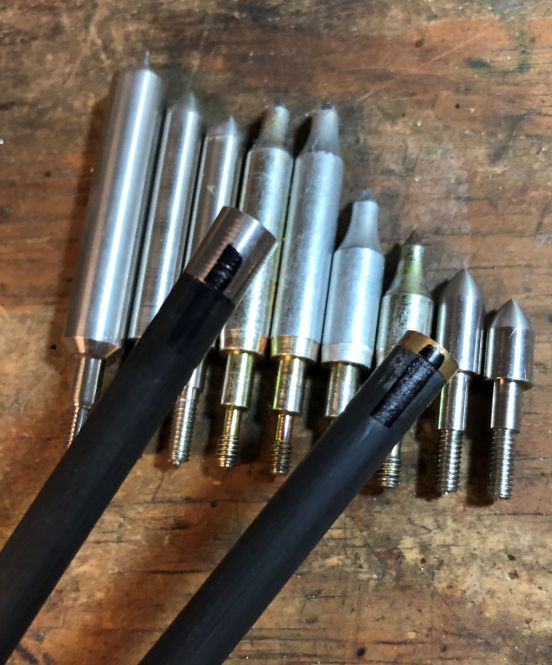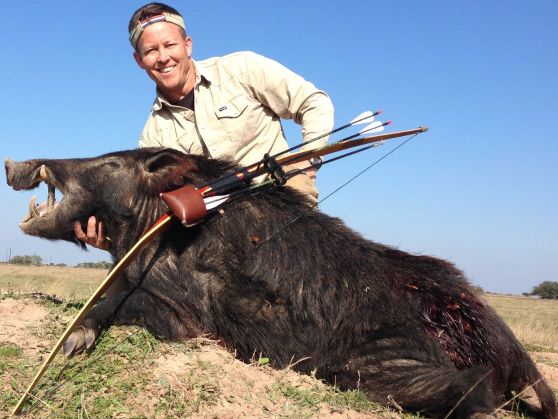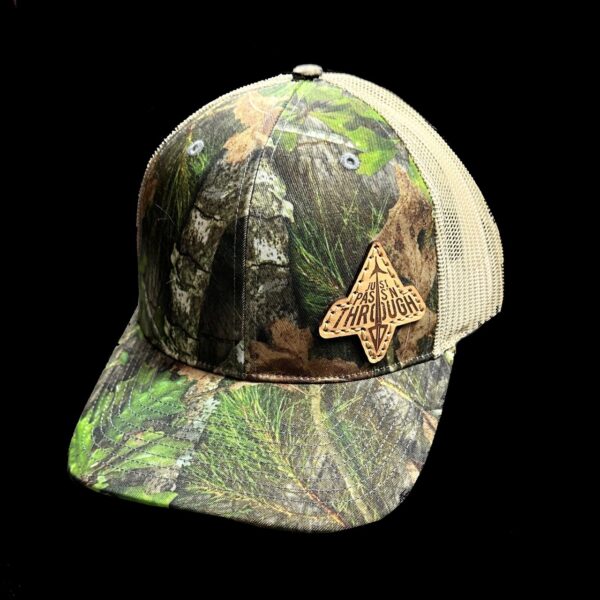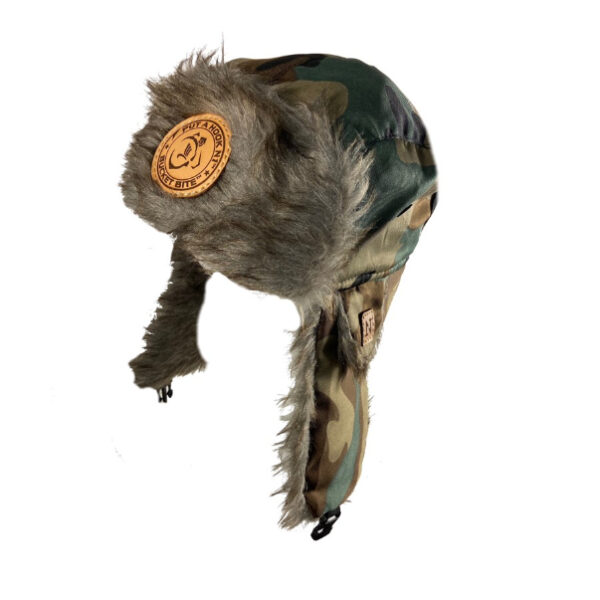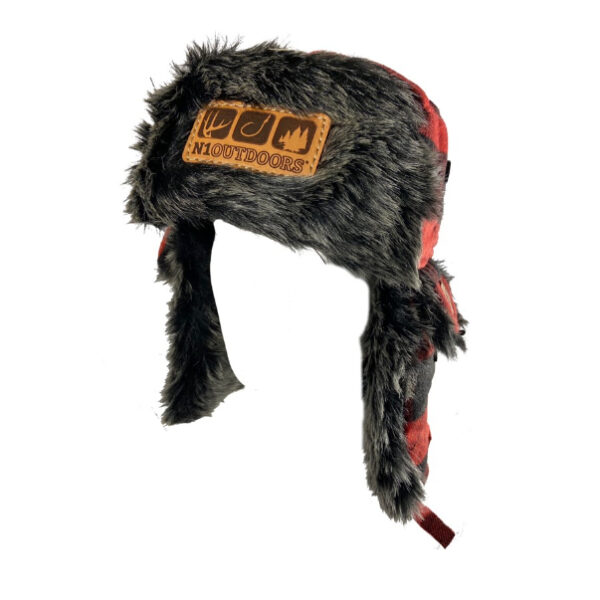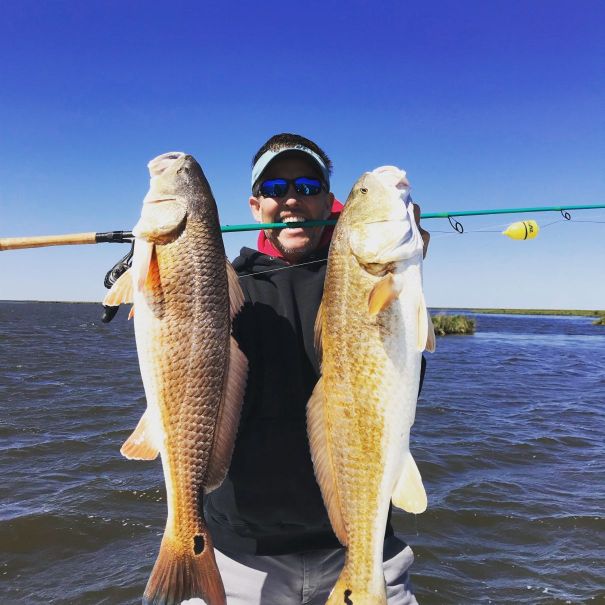Deer season is coming and you’re ready to hunt.
You’ve done your homework on all the local laws, and you’re ready to go bag some venison.
Your rifle is cleaned up and ready to go. You’ve mounted and zeroed your scope of choice onto your hunting rifle.
You’ve spent time at the range mastering your shooting technique. And, you’ve carefully chosen the right ammunition. Maybe you even went all-out and got one of those fancy rangefinding scopes).
But, there’s one more piece of equipment you might want to invest in: a deer stand.
Now, there are a lot of options to choose from out there, and the choices can seem overwhelming. But that’s why I put this guide together.
I’ve spent the time and money to find out the best treestands for deer hunting in 2021 so that you can be sure and get the best bang for your buck. Ready to learn more? Keep reading!
Why Use a Deer Stand?
Basically, a tree stand is a portable way to get yourself up above ground level for hunting.
Unlike a hunting blind, a tree stand can be taken down and moved to another location, and doesn’t require that you build a permanent structure. With a tree stand, all you need is a sturdy tree to gain a huge advantage over your prey.
Being above the ground not only makes you harder for deer to see, but it also helps keep your scent away from skittish noses.
And, it’s safer. Not only is your orange safety gear easier for other hunters to spot in the field, but shooting from an elevated position means that your rounds will travel downward into the ground, and not towards any houses or roads.
-
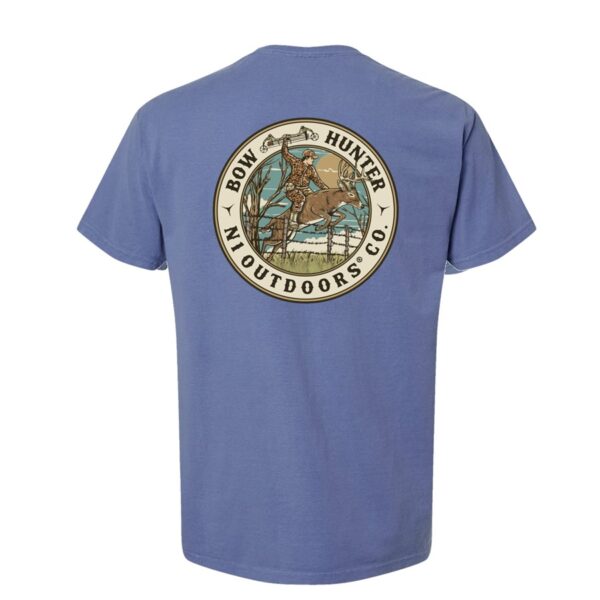
N1 Outdoors® Bareback Bowhunter™ Tee
$28.99 – $32.99 Select options This product has multiple variants. The options may be chosen on the product page -
Sale!
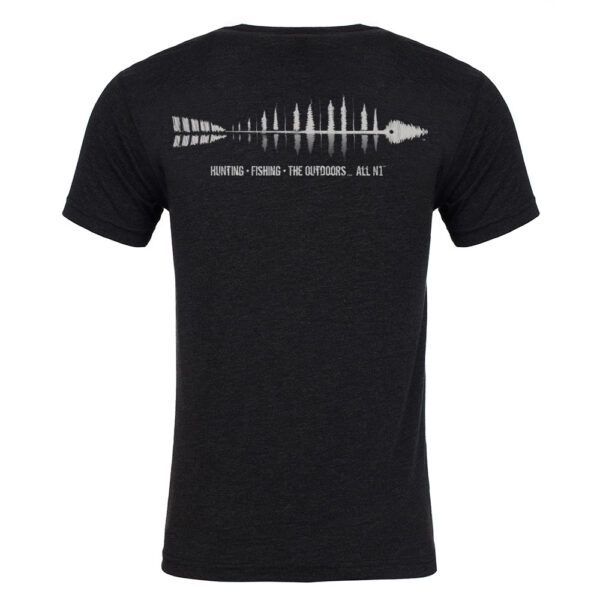
N1 Outdoors® Trifecta Fish Arrow Tee
Original price was: $22.99.$5.00Current price is: $5.00. Select options This product has multiple variants. The options may be chosen on the product page -

N1 Outdoors® Sending™ Bowhunting Tee
$24.99 – $28.99 Select options This product has multiple variants. The options may be chosen on the product page
Types of Deer Hunting Treestands
There are four main types of deer stands on the market: climbing, hang on, tree saddle and ladder.
Climbing deer stands use a blade that bits into the tree to literally “climb” the tree to the desired height while you sit in the sand and work a foot bar. Climbing stands are extremely portable and easy to use, since they don’t require any sort of ladder, stairs, or climbing stick to use.
Hang on stands use a ratcheting strap to hold a small standing platform onto a tree. Hang on stands tend to be the lightest, but require additional equipment to set up and get in and out of.
Ladder treestands use metal ladder sections that attach onto each other. Once you’ve built the ladder to the desired height, you can attach the stand to the top once you’re ready. These are designed to be more permanent, so they are usually much heavier and more difficult to set up than the other types.
Now let’s take a look at the best options for each of the three types, plus a fourth “special” stand.
-
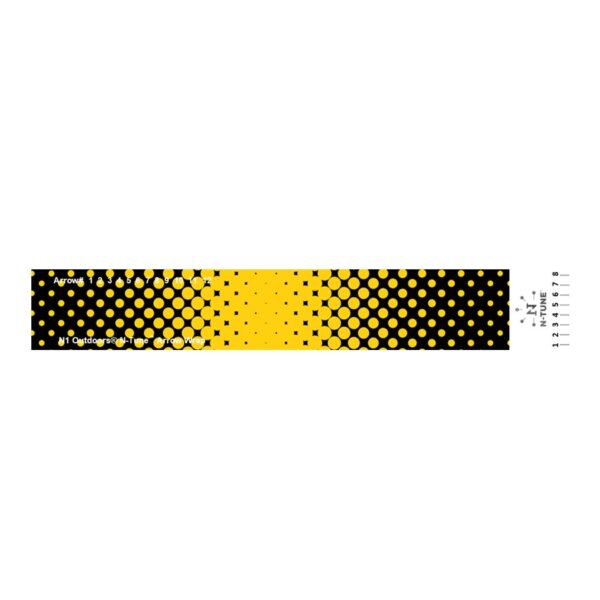
N1 Outdoors® N-Tune™ Nock Tuning Reflective Arrow Wraps – Black And Gold Dots
$18.99 – $27.99 Select options This product has multiple variants. The options may be chosen on the product page -
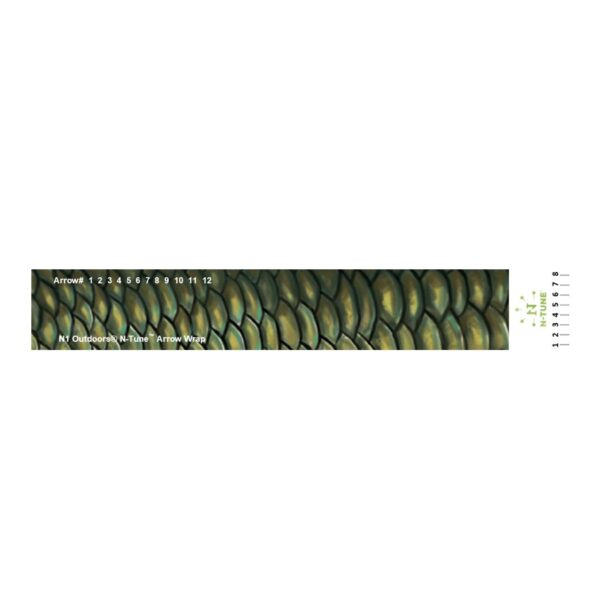
N1 Outdoors® N-Tune™ Nock Tuning Reflective Arrow Wraps – Bass Scales
$18.99 – $27.99 Select options This product has multiple variants. The options may be chosen on the product page -
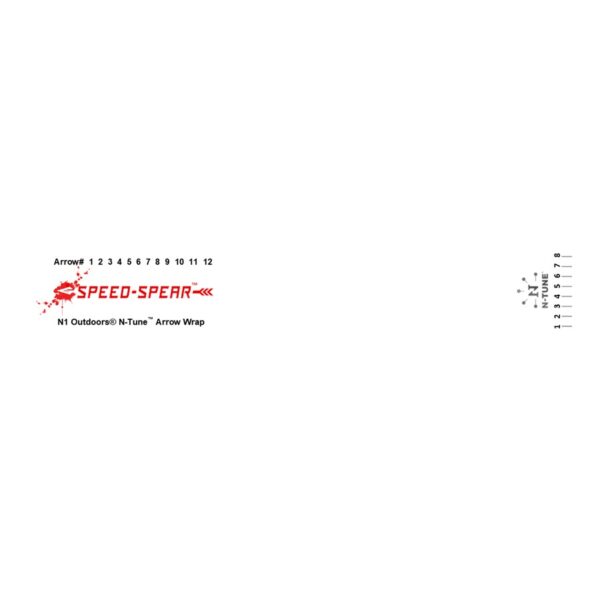
N1 Outdoors® N-Tune™ Nock Tuning Reflective Arrow Wraps – Speed Spear™
$18.99 – $27.99 Select options This product has multiple variants. The options may be chosen on the product page
Summit Viper SD | Best Climbing Tree Stand
There are some good options in the climbing stand category. Lone Wolf Custom Gear, for example, has been manufacturing light and innovative climbing stands for years.
But there’s one that has stood the test of time. The Viper SD stand from Summit, has been their most popular stand for over 17 years, and it’s easy to see why.
The Viper only weighs 21 lbs but can support up to 300 lbs of weight, so even bigger hunters can feel both safe and comfortable up in the trees.
The best thing about the Viper SD is the QuickDraw attachment cable, which is way easier to use than the pins or bolts that most other treestands rely on. Plus, the seat is very nicely padded for those long hunts.
Best of all is the patented DeadMetal technology. Basically, Summit uses an expanding foam to prevent any metal-on-metal noises or creaking, which helps keep you quiet while lining up that perfect shot.
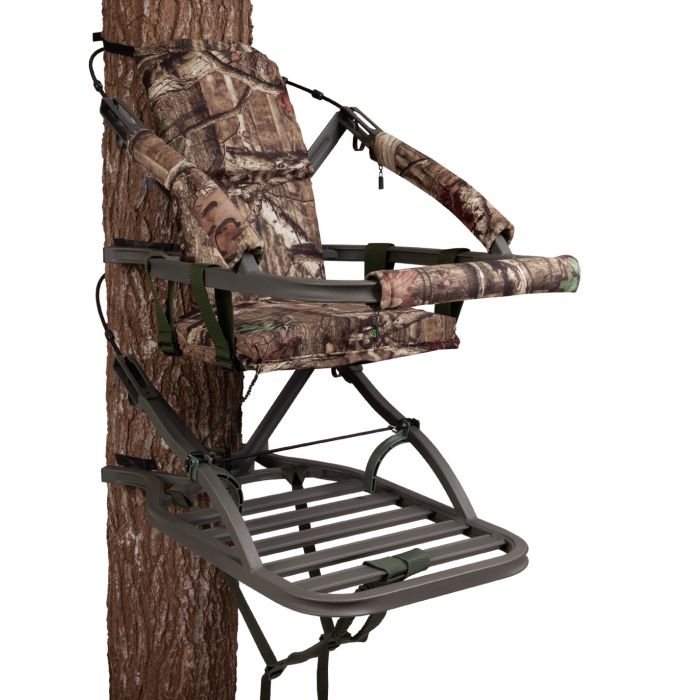
The Summit Viper sports a comfortable seat and has quieting foam, which helps conceal unwanted noises.
Lone Wolf Assault II | Best Hang On Tree Stand
This baby is both lightweight and extra-quiet.
The Lone Wolf Assault II only weighs 11 lbs, but it’s rated for 350 lbs, and it’s even got a built-in bow holder for all you bow hunters out there.
The skeletonized platform is small enough to place up in a tight cluster of trees, but still wide enough to allow for standing shots, and the padded seat is comfortable.
Plus, it doesn’t creak or pop when you’re getting into position. If you’re in the market for a lightweight, quiet hang on stand, then the Lone Wolf Assault II is the stand for you.
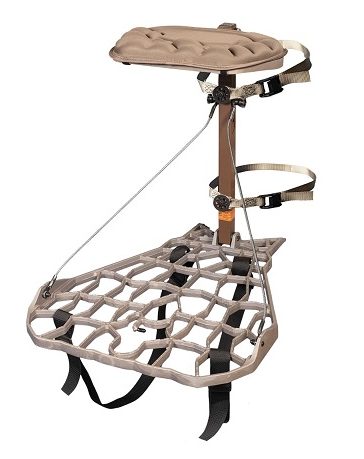
The Lone Wolf assault II weighs only 11 lbs!
-
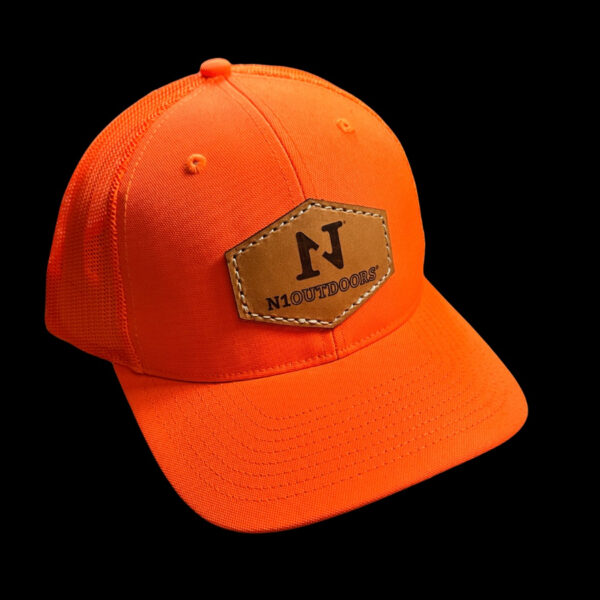
N1 Outdoors® Blaze Orange Leather Patch Hat
$26.99 Select options This product has multiple variants. The options may be chosen on the product page -
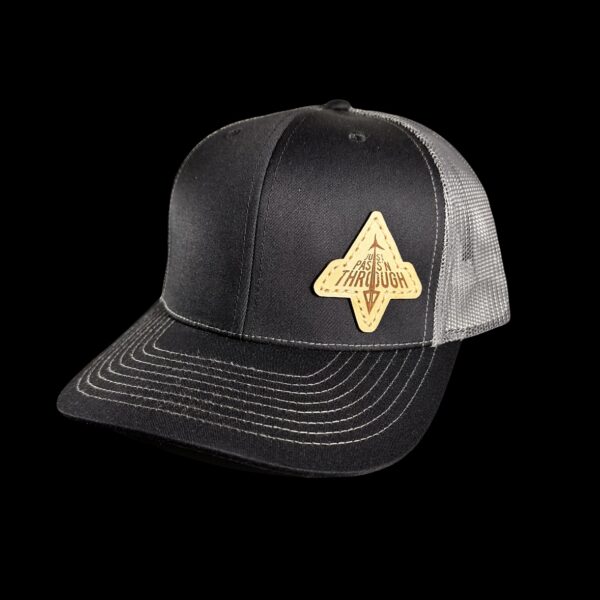
Just Pass’N Through™ Leather Patch Hat (Black/Grey)
$29.99 Select options This product has multiple variants. The options may be chosen on the product page -
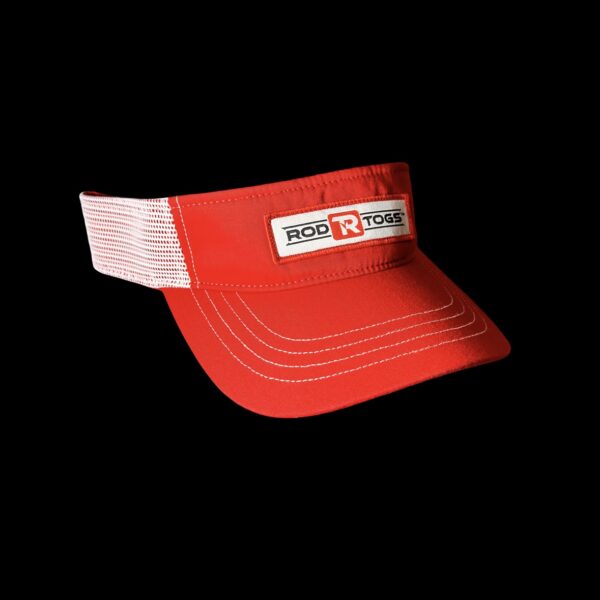
N1 Outdoors® RodTogs™ Patch Trucker Visor (Red w/White Mesh)
$26.99 Select options This product has multiple variants. The options may be chosen on the product page
Trophyline Ambush Lite | Best Tree Saddle Kit
If you’re looking for a hunting system that you can wear on your back and set up in minutes, look no further than the Trophy Line Ambush Lite.
This kit includes everything you need to get up off the ground, plus a few accessory pouches to store your gear while you “hang out” waiting for your prey. And, the seat is more comfortable than you would expect from something so lightweight.
The best thing about it, though, is that it’s designed specifically for mobility.
The whole thing packs away into the included cinch bag or fits easily into your day bag, which means you can easily set it up where you want it, and then move and redeploy it in another location if you want to.
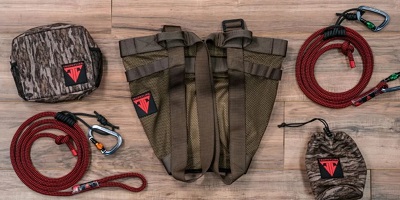
The Trophyline Ambush Lite packs up nice and tight and can be set up in minutes.
X-Stand “The Duke” | Best Ladder Tree Stand
The Duke earns it’s royal name by providing the shooter with a host of added features over more portable treestands.
Sure, it weighs 79 pounds, but it’s still easy enough for one person to set up by themselves, and it’ll go as high as 20 feet.
With that kind of height, you definitely want to make sure your stand is sturdy, and that’s where The Duke’s Jaw Safety System comes in. It uses serrated steel jaws to clamp hard to the trunk of the tree, so you know it’s not going anywhere.
The X-Stand Duke ladder stand is the most comfortable deer stand I have ever used. It’s got a flip-out footrest that not only adds to comfort, but acts as a nice stabilizer for shooting. Plus, there’s a padded shooting rail, multiple accessory hooks, and even cupholders!
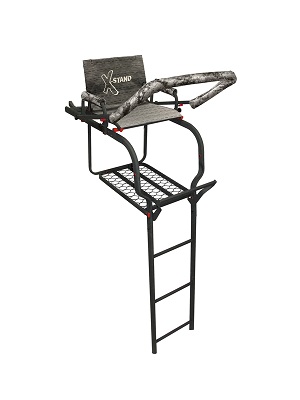
The Duke ladder stand is the most comfortable ladder stand I’ve ever sat in.
X-Stand “The Comrade” | Best 2-Man Tree Stand
Thanks to The Comrade, stand hunting doesn’t have to be a solitary experience.
This baby packs a spacious, curved shooting platform, 2 padded seats, and a center storage console to allow for two hunters to take to the trees together.
It features a full safety harness for both shooters, as well as X-Stands patented Jaw Safety System.
The X-Stand Comrade is a heavy, 2-man ladder stand, weighing in at 125 pounds, but I can’t think of a better way to go hunting with a buddy.
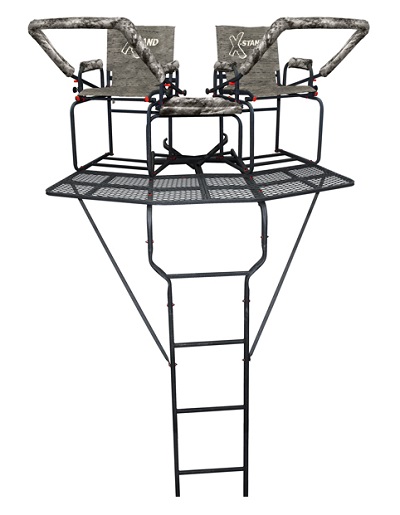
The X-Stand Comrade is a great option for hunting with a friend.
-
Sale!
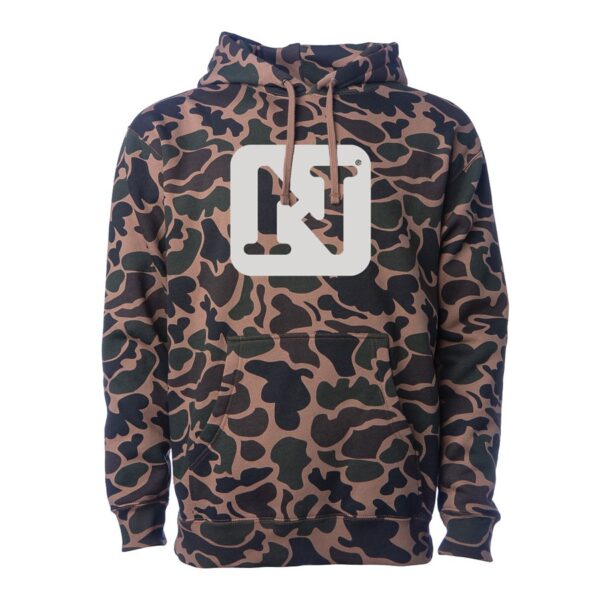
N1 Outdoors® Duck Camo Block Logo Heavyweight Hoodie
$34.00 Select options This product has multiple variants. The options may be chosen on the product page -
Sale!
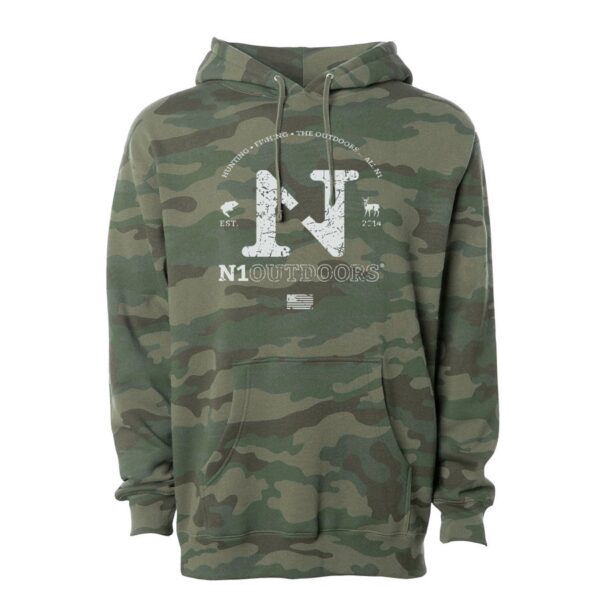
N1 Outdoors® Est. 2014 Forest Camo Heavyweight Sweatshirt Hoodie
$34.00 Select options This product has multiple variants. The options may be chosen on the product page -
Sale!
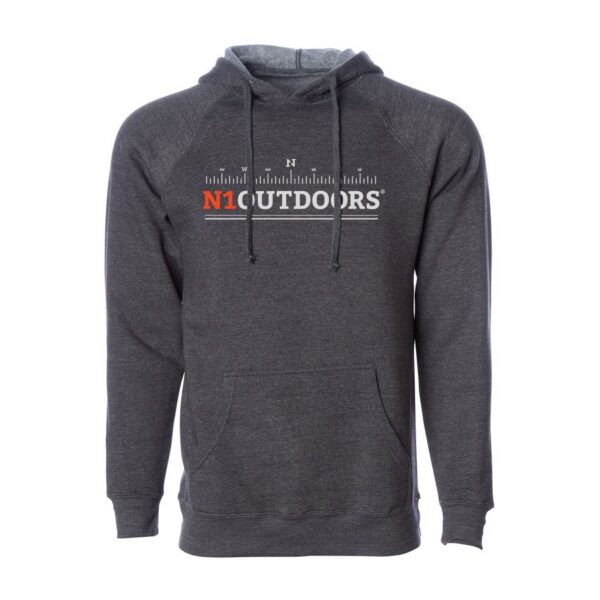
N1 Outdoors® Compass Pullover Hoodie
$34.00 Select options This product has multiple variants. The options may be chosen on the product page
Final Thoughts On The Best Tree Stands For Deer Hunting
Whether you’re trophy hunting or just hunting to put some tasty venison in the freezer, this quick review will hopefully give you the information you need to decide which stand will be right for your next trip to the deer woods.
Hopefully, you’ll have a big set of antlers walk by your deer stand.
Good luck!
